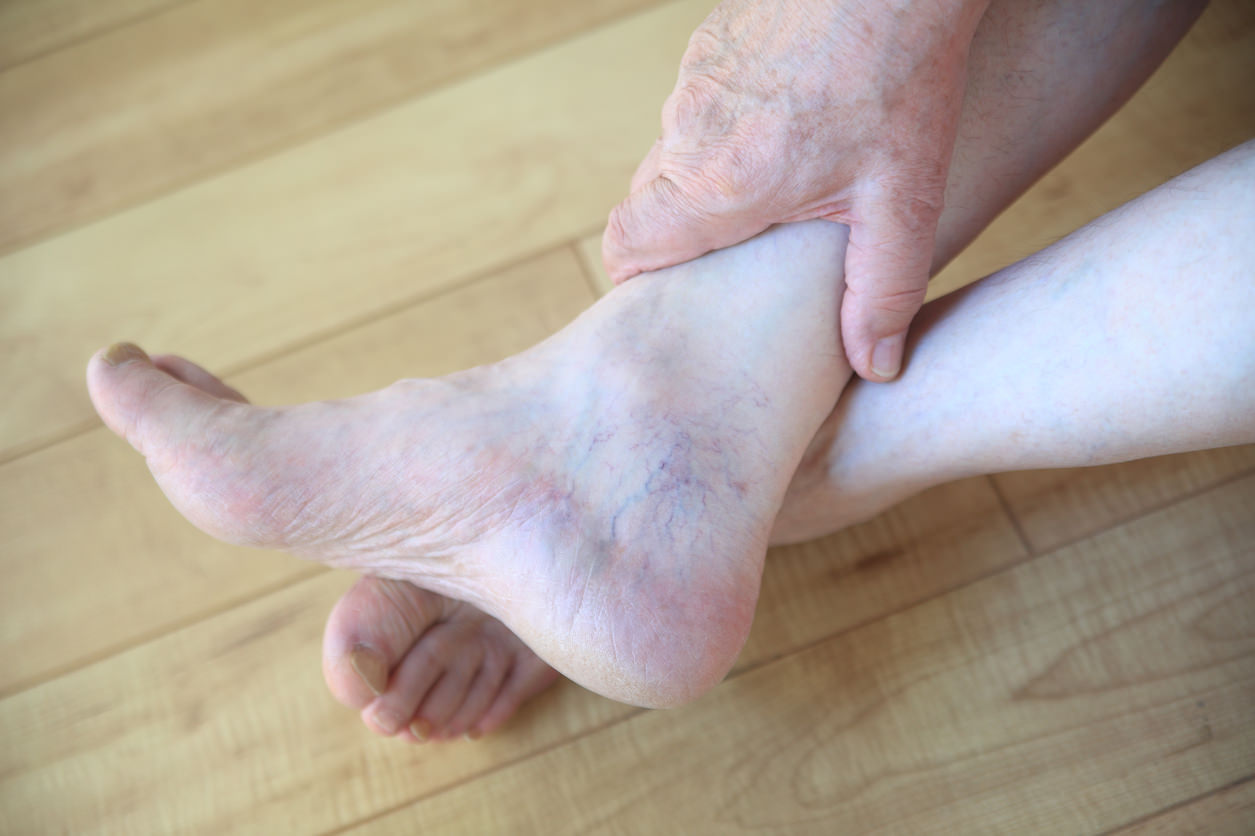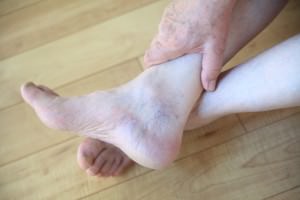What Should You Expect from a Sclerotherapy Session?
May 16, 2017 • • Spider Veins

Doctors and patients both appreciate the benefits of sclerotherapy for destroying unwelcome veins, particularly in the legs. This convenient outpatient procedure is highly effective. Understanding what to expect helps reduce patient stress prior to the first appointment.
How Sclerotherapy Eliminates Unwanted Veins
Fortunately, small veins usually cause few if any medical problems. However, the appearance of a network of red, blue, or purple vessels is sometimes a big cosmetic concern. Injection of special substances called sclerosing agents is the procedure most frequently used to eliminate spider veins and small varicose veins. Vein specialists call it the gold standard for treating spider veins. Physicians normally perform this therapy at a vein treatment center. Using a very fine needle, a vein doctor injects a special liquid or foam into each targeted vessel. Ultrasound technology sometimes helps guide the needle. The sclerosing agent irritates the walls of a vein, causing the vessel to scar, close, and disappear once resorbed. Nearby veins assume its circulatory duties. After approving a candidate, a vein doctor can estimate how many procedures will be necessary. The number of injections depends on the number and the size of veins to eliminate.What Happens During a Treatment Session
At an initial consultation, the physician conducts a physical exam and reviews the patient’s medical history. Once any required test results arrive and the doctor has approved individuals for this type of treatment, patients can schedule treatment sessions. After an individual changes into a gown, the staff positions the patient on a table and cleans each treatment area. Vein specialists frequently opt to use a foam agent rather than a liquid for larger vessels. Since agents often contain local anesthetic, general anesthesia is unnecessary.
Following an injection, the physician massages the area surrounding the site. Use of compression helps keep blood away from the site and makes it easier to disperse the agent.
Soon after treatment, the staff helps the patient get up to begin walking and help prevent blood clots. Most individuals report at most slight discomfort, but no pain.
Except for strenuous activities, most individuals resume their normal routines right away. Wearing a compression stocking on the treated leg as specified in discharge orders is required.
a table and cleans each treatment area. Vein specialists frequently opt to use a foam agent rather than a liquid for larger vessels. Since agents often contain local anesthetic, general anesthesia is unnecessary.
Following an injection, the physician massages the area surrounding the site. Use of compression helps keep blood away from the site and makes it easier to disperse the agent.
Soon after treatment, the staff helps the patient get up to begin walking and help prevent blood clots. Most individuals report at most slight discomfort, but no pain.
Except for strenuous activities, most individuals resume their normal routines right away. Wearing a compression stocking on the treated leg as specified in discharge orders is required.




